New club looks to gain momentum at Lafayette
While the rest of campus was slogging through papers and exams last semester, one sophomore was busy starting a new club—a Spike Ball club.
Sophomore Aaron Gabay first played Spike Ball on the Quad during his freshman year. Playing throughout the summer and gaining more interest in the game, Gabay was inspired to create a Spike Ball club Lafayette so that there would always be people with whom he could play.
“I’m looking forward to playing [Spike Ball] with people again,” Gabay said. “I haven’t had a solid group of people to play with in a long time.”
Gabay spent the entire fall semester going through the process of establishing Spike Ball as a club sport at Lafayette. This involved contacting student government, drafting a constitution and registering the club. Gabay now acts as the president of the newly founded Spike Ball club.
As president, Gabay said that he has found the greatest difficulty in both spreading the word both about what Spike Ball is and gaining a following for the sport after its establishment as Lafayette’s newest club sport, as well.
Although the name “Spike Ball” may not be recognizable, casual observers will see similarities in other popular games.
Spike Ball was a popular lawn or beach game. It has become a game that’s sort of a mix between four square and volleyball.
Generally, it is played two-on-two, in which one team serves to another team by bouncing the ball off a small trampoline that is placed between the two teams. The other team must react to the serve and hit the ball back to the other team by bouncing it back off the trampoline to the other side. If a team fails to return the serve by bouncing the ball back to the other side off the trampoline, the other team earns a point. The game is played using rally scoring to either 11 or 21.
Previously referred to as “round net,” the game itself has been around since the 1980s, but it wasn’t until 2008 that Chris Ruder, now the CEO of Spike Ball, bought the rights to the game and branded it “Spike Ball.” Ruder took the game to the show Shark Tank where he secured a $500,000 deal. Today, Spike Ball sets can be found at most sporting goods stores or through the Spike Ball website for about $60.
Lafayette is not the first college to jump on to the Spike Ball train. Many colleges have acquired teams of their own and are identified by the official Spike Ball website as “Spike Ball Ambassadors.” The website currently names 30 colleges with Villanova as the closest college to Lafayette named an ambassador of the game. Large collegiate Spike Ball tournaments are often held for the ambassadors.
As Lafayette’s newest club team, the Spike Ball team has just six registered members. The club is working on acquiring more new members and establishing a regular schedule of practices, which will likely be held indoors in the Kamine Gym until the weather is nice enough and the Quad is once again a suitable playing surface. At that time, they will likely relocate practices to the Quad.
“A lot of people know the game but it’s not like soccer or football,” Gabay said. “I wasn’t sure how many people would be a fan of it. I’m still running into the problem of getting the word out there that we have a club.”
By the end of the semester, the club hope’s to hold a campus-wide Spike Ball tournament to gain visibility in the campus community.
Those who are interested in joining the club or would like more information can contact Gabay.





















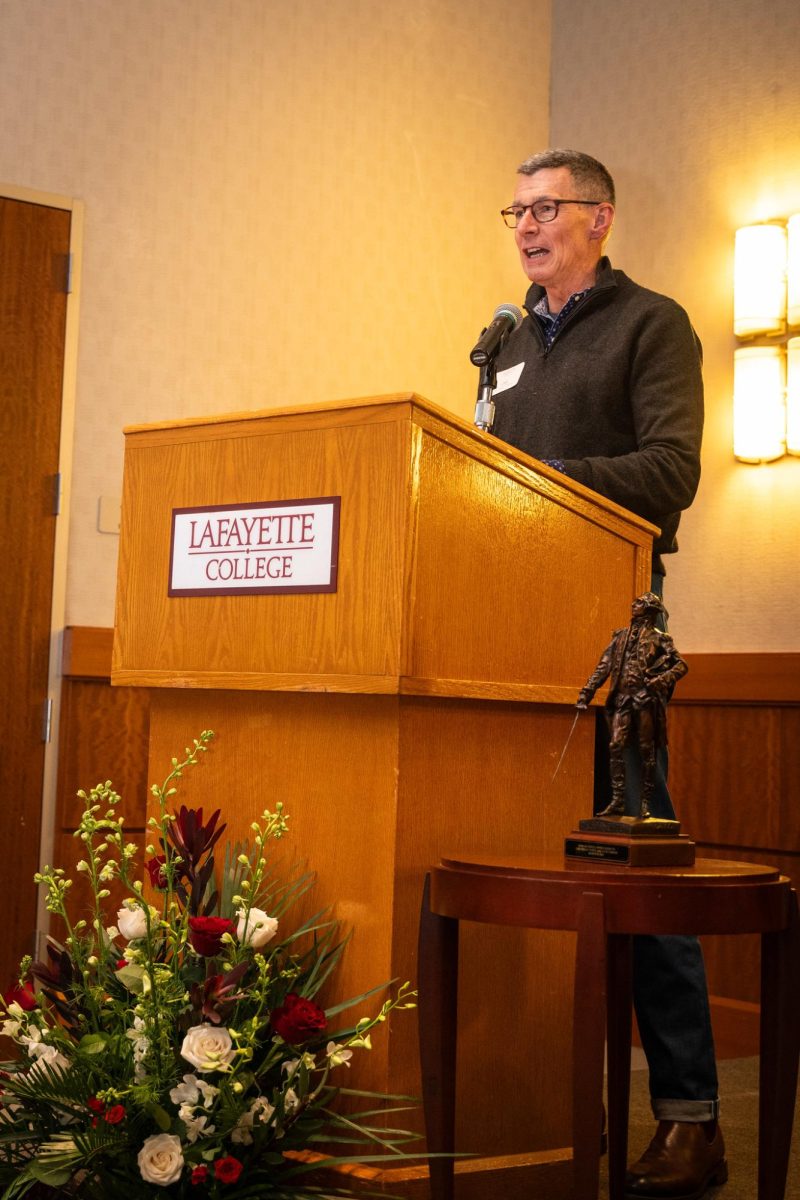
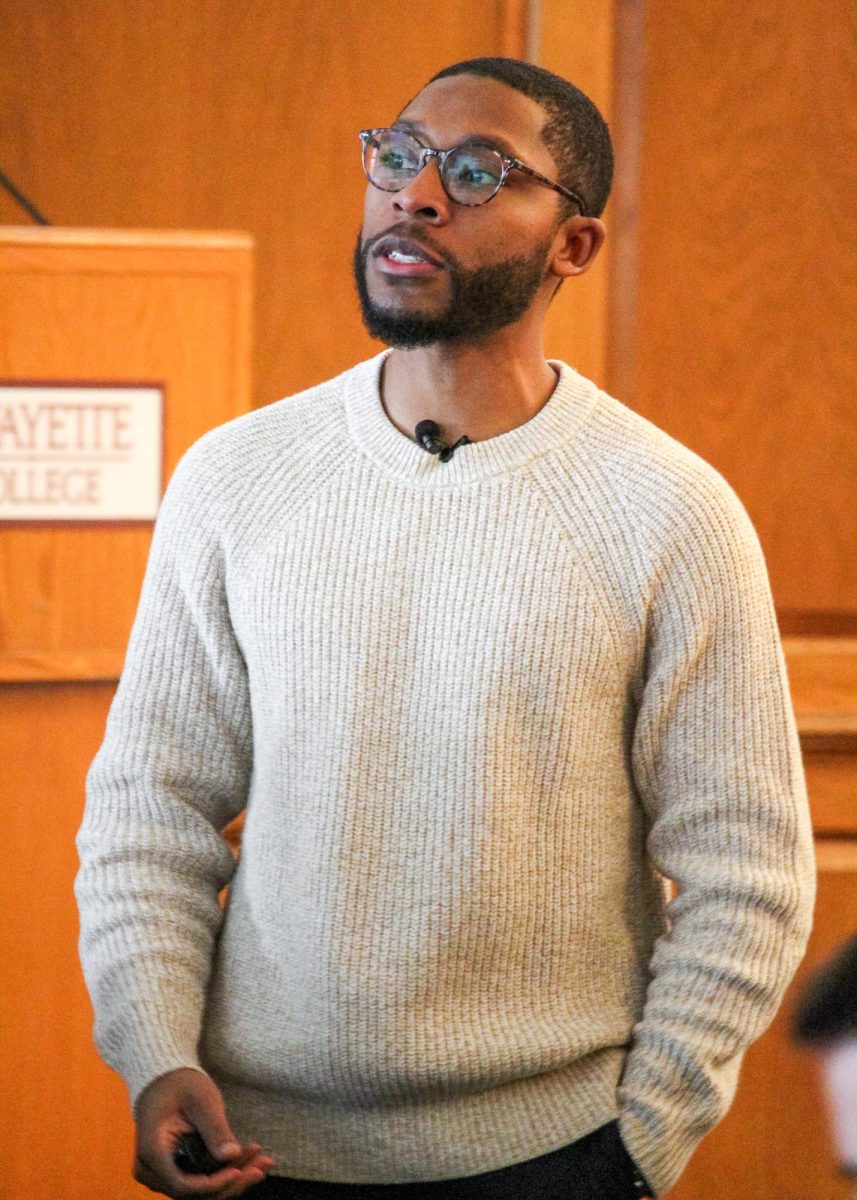




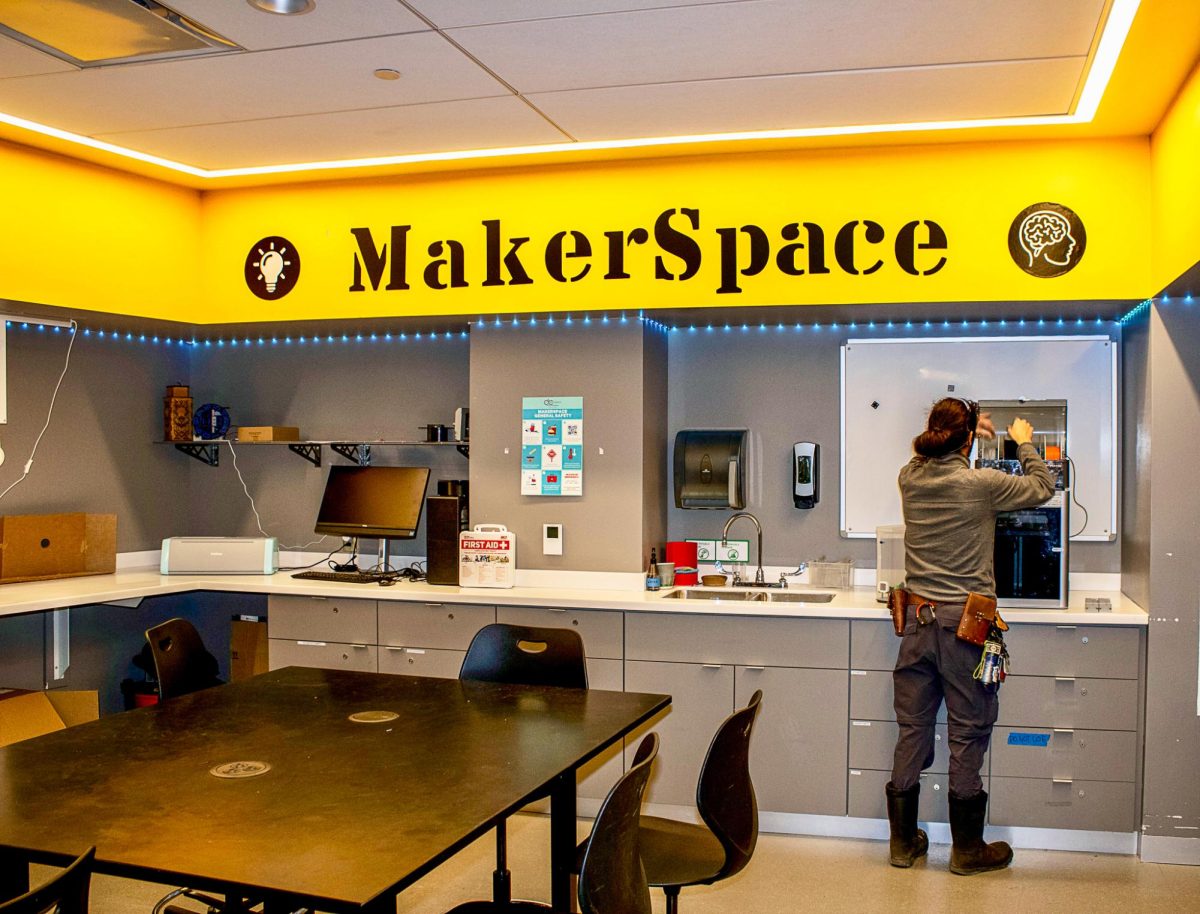








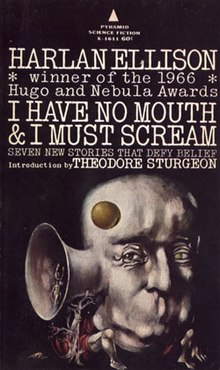
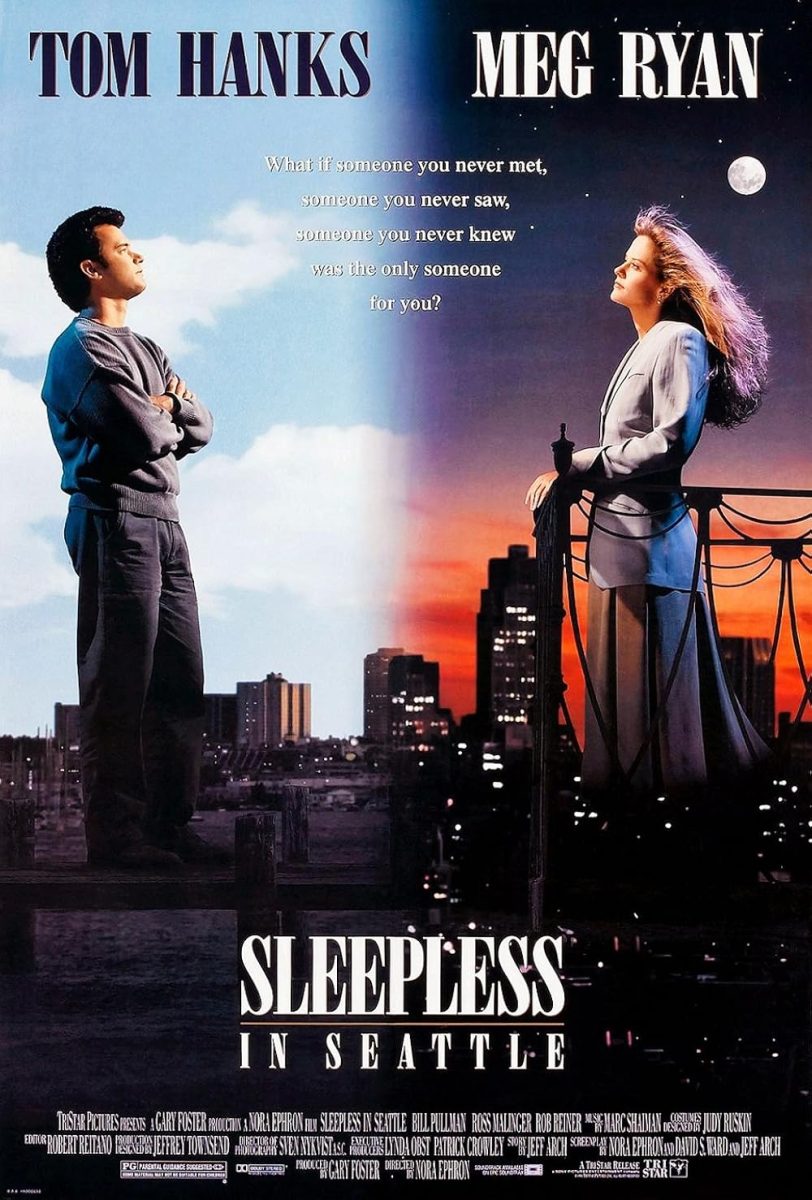




















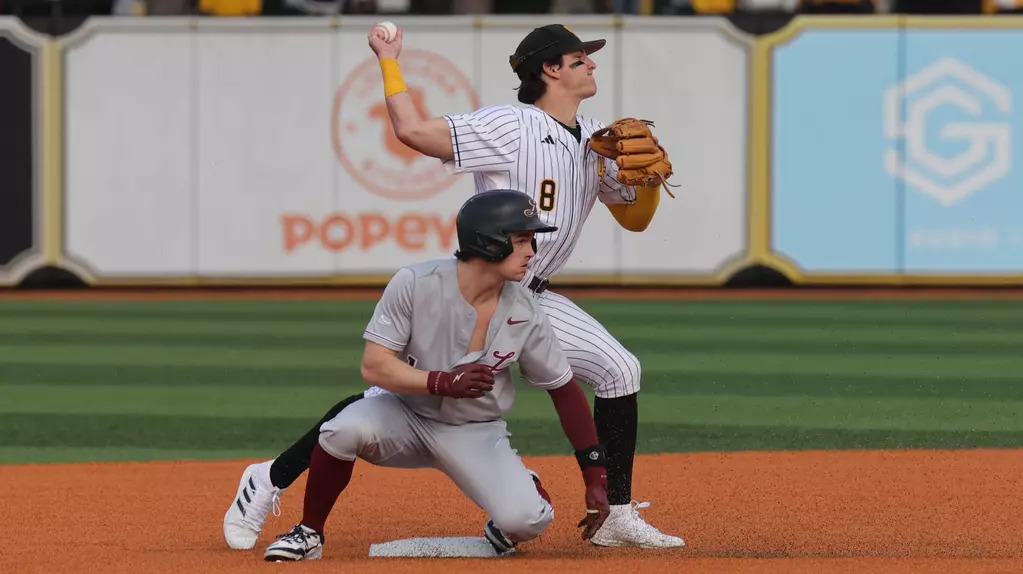














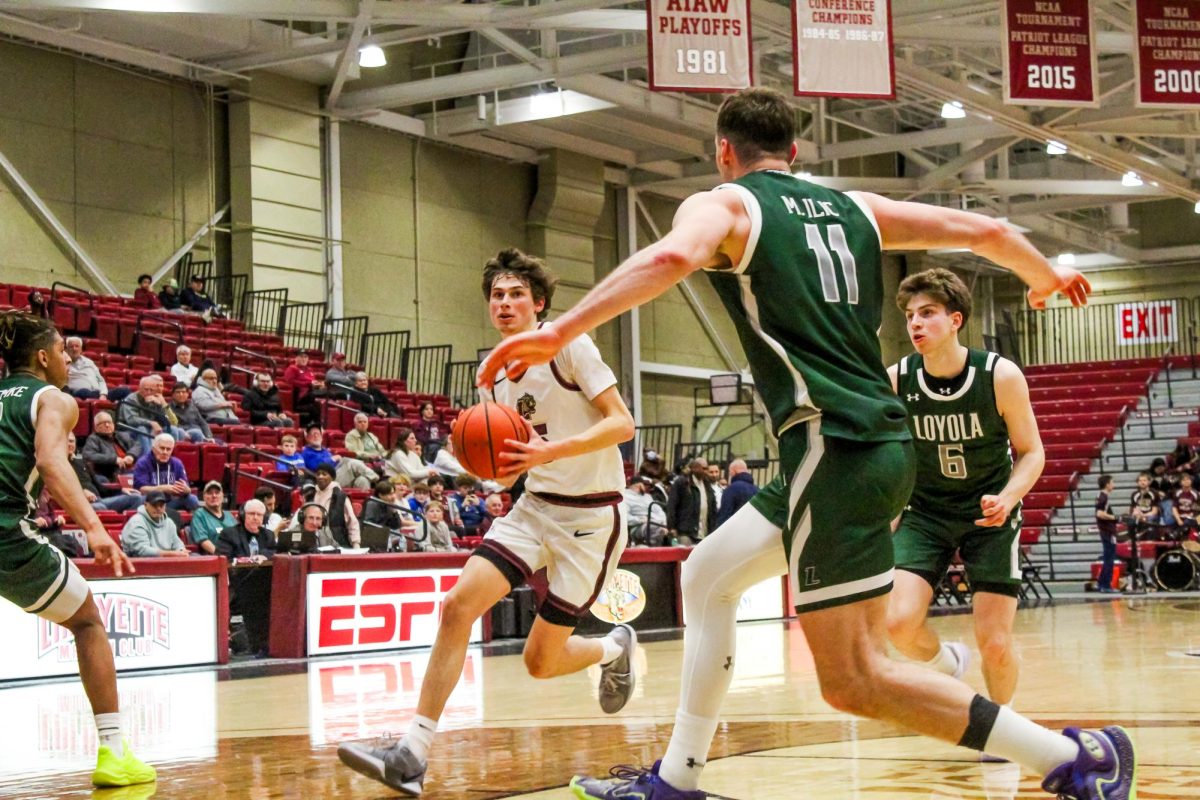

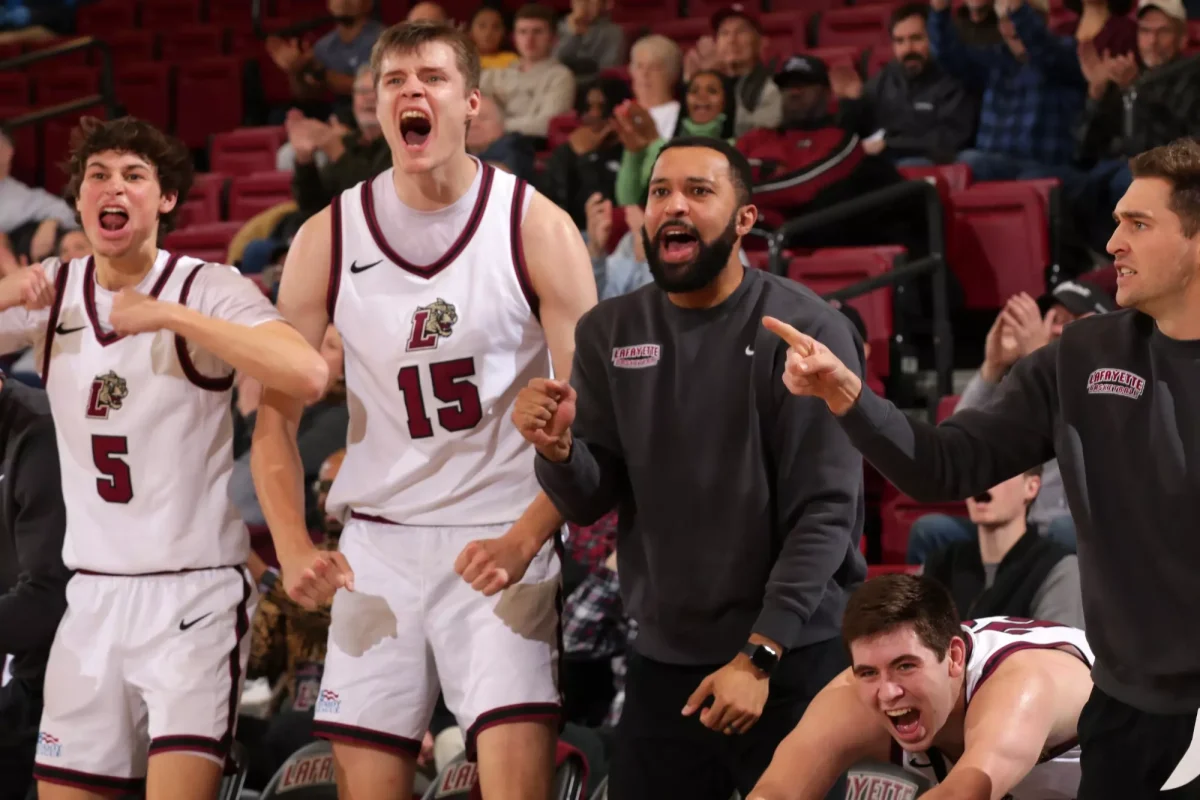





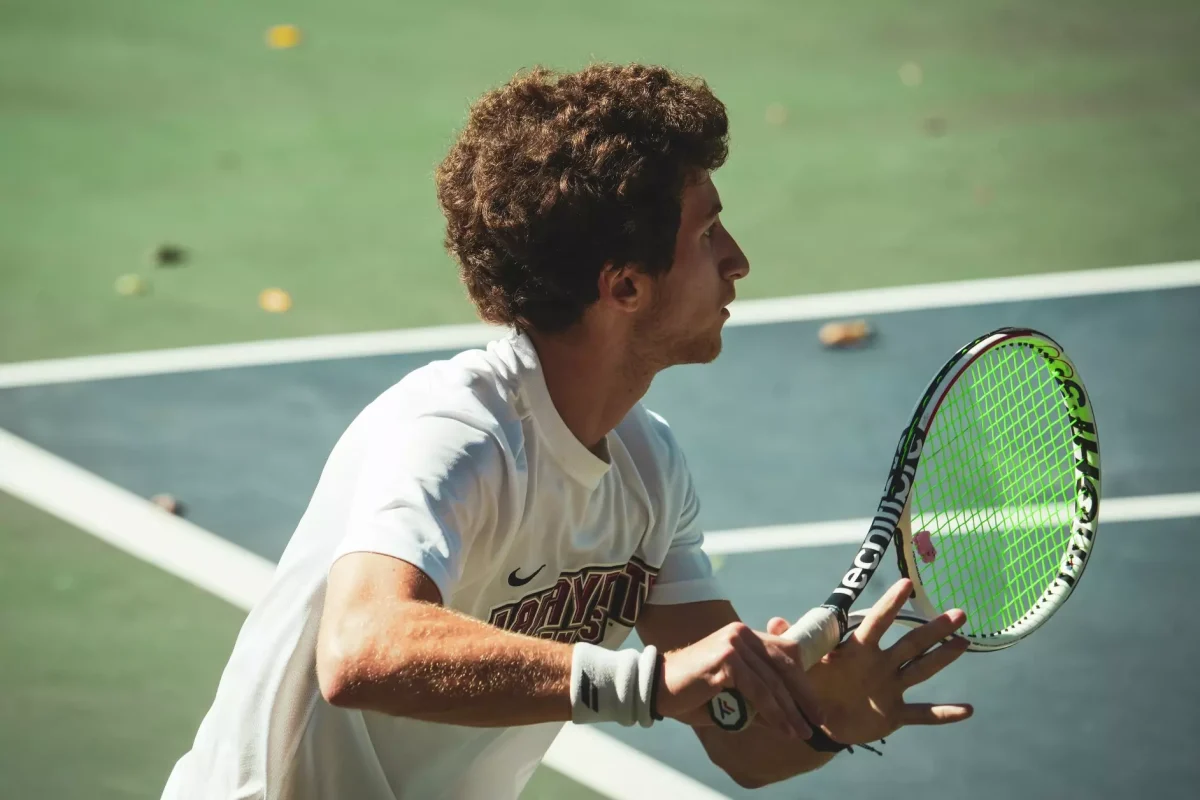
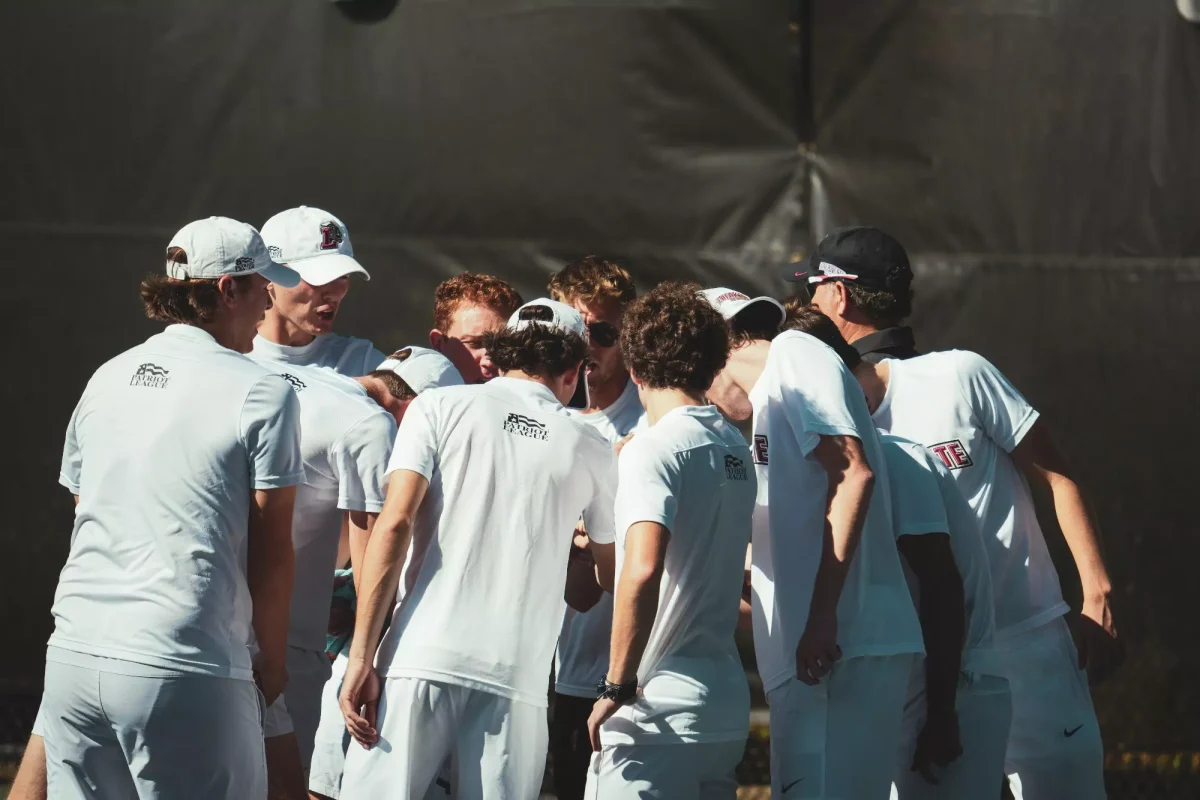






















![The Spike Ball club practices in Kamine Gym. [Photo by Lauren Fox ‘19]](https://lafayettestudentnews.com/wp-content/uploads/2016/02/Spikeball1_LaurenFox19-1-of-1-2.jpg)
Reuben Dzierzanowski • Feb 1, 2020 at 6:37 am
Bungee cords shouldn’t need replacing (unless they break), but some mini trampolines need their springs replaced every couple of years or so.